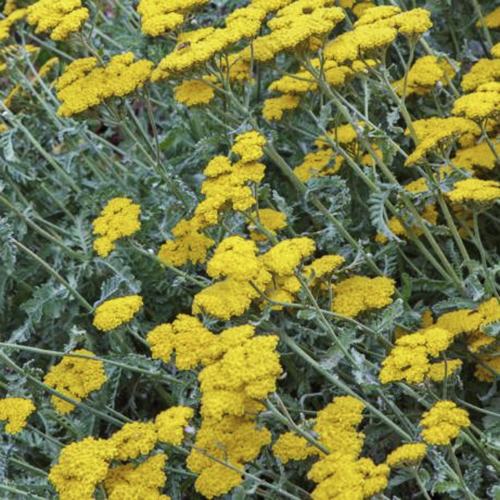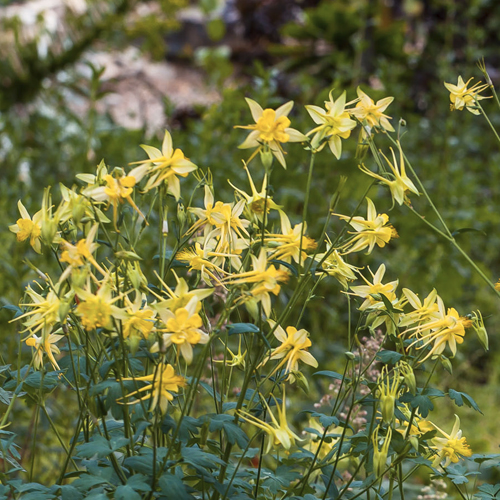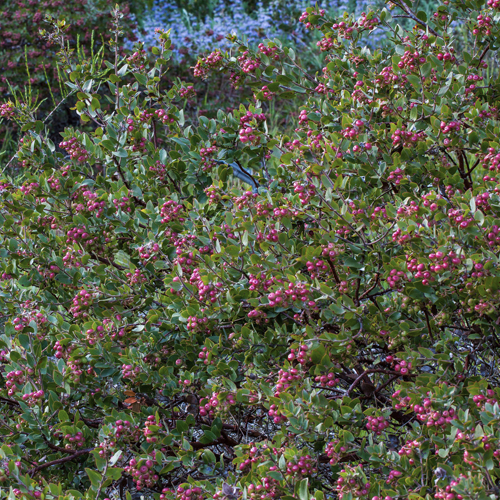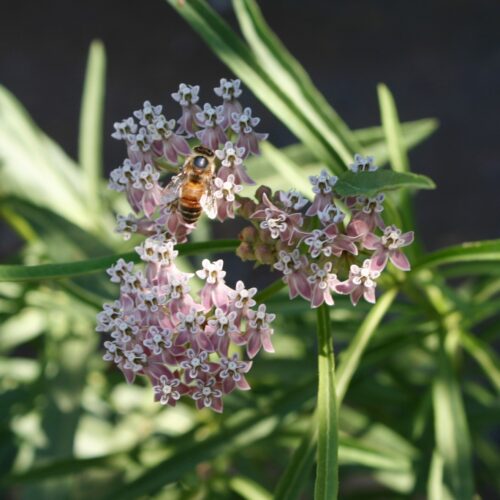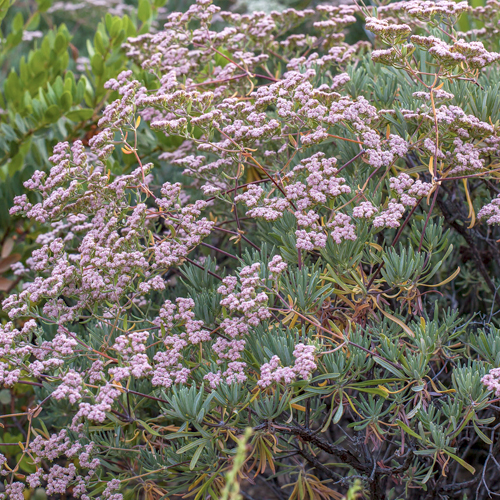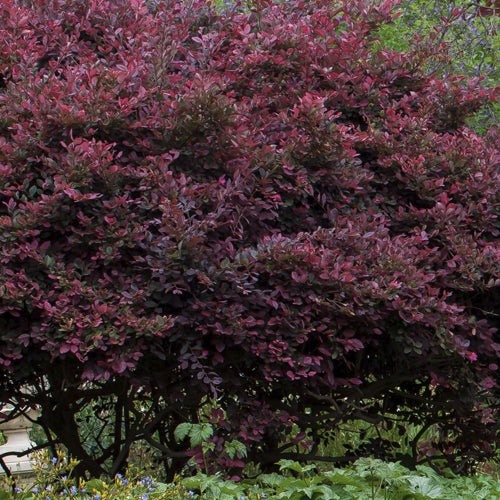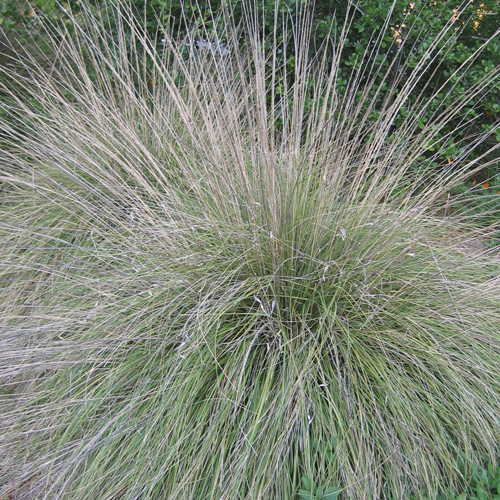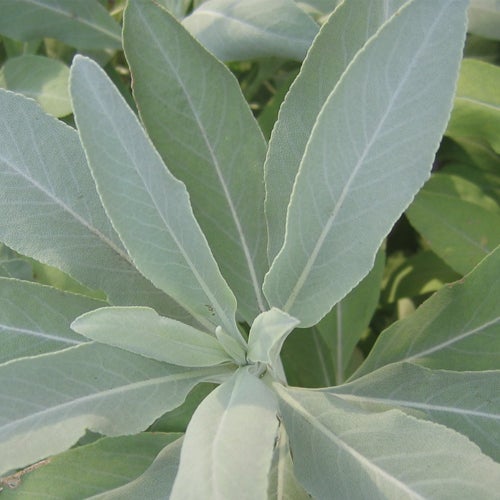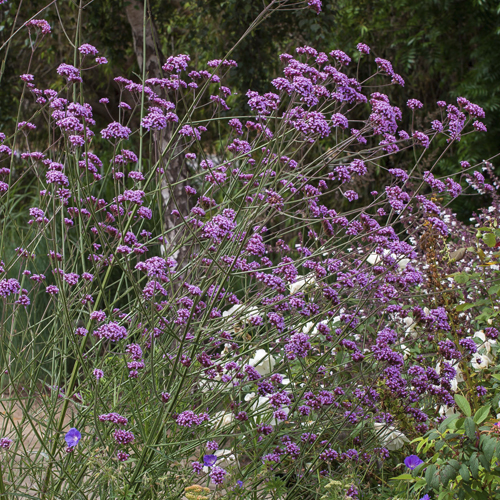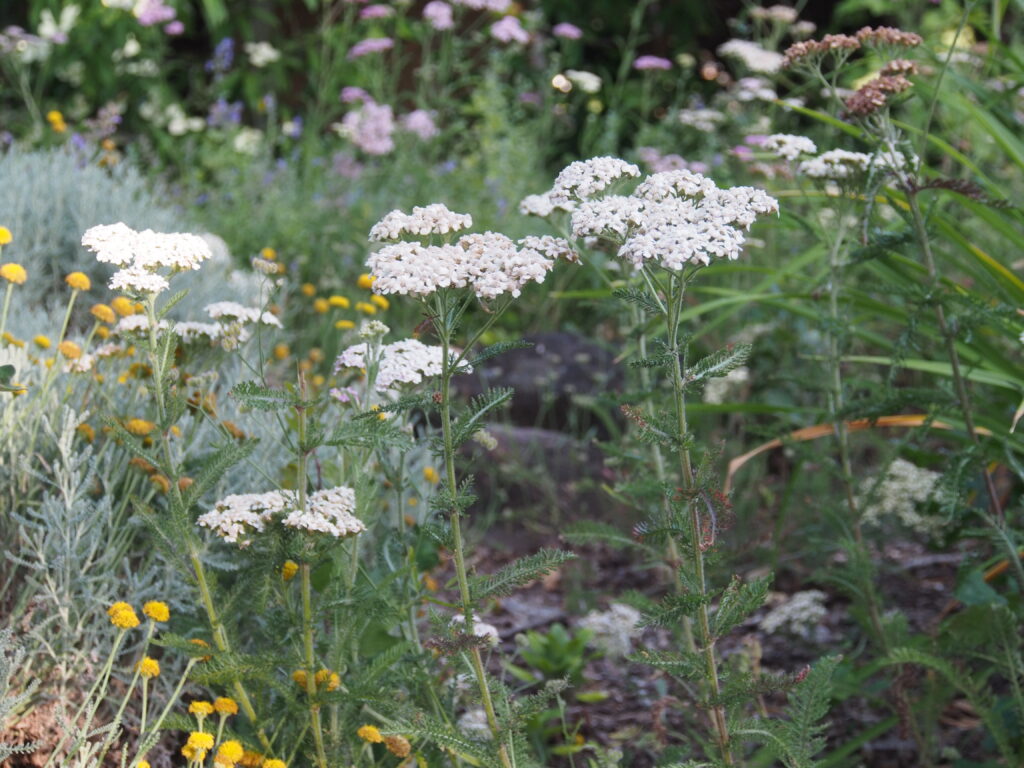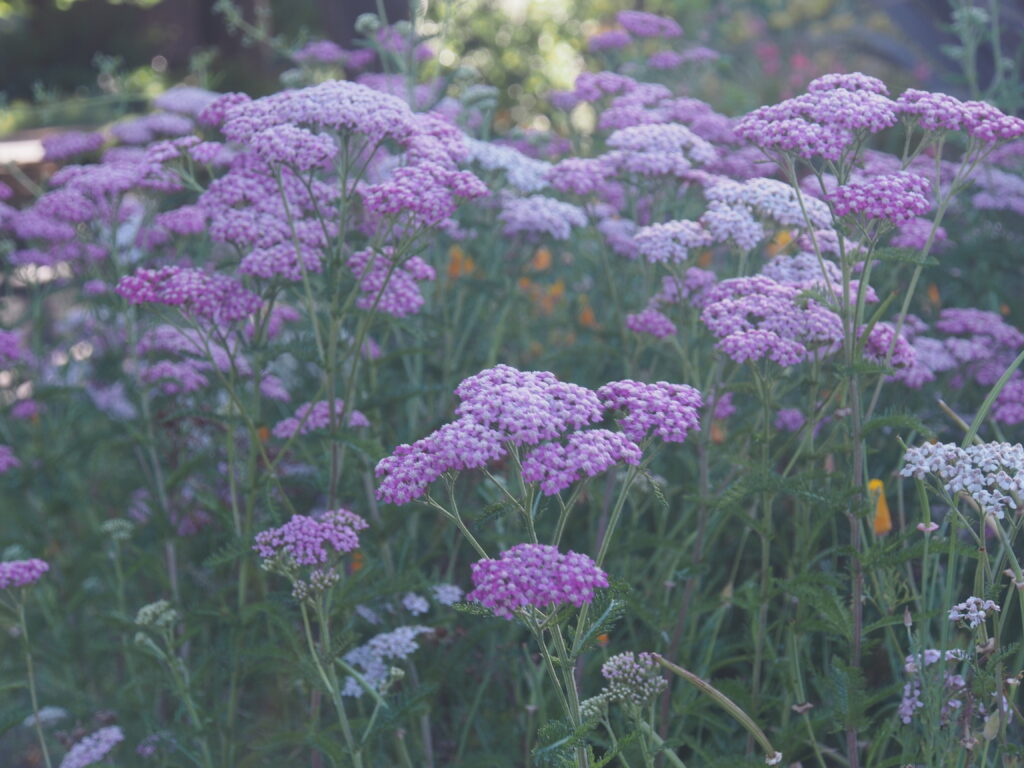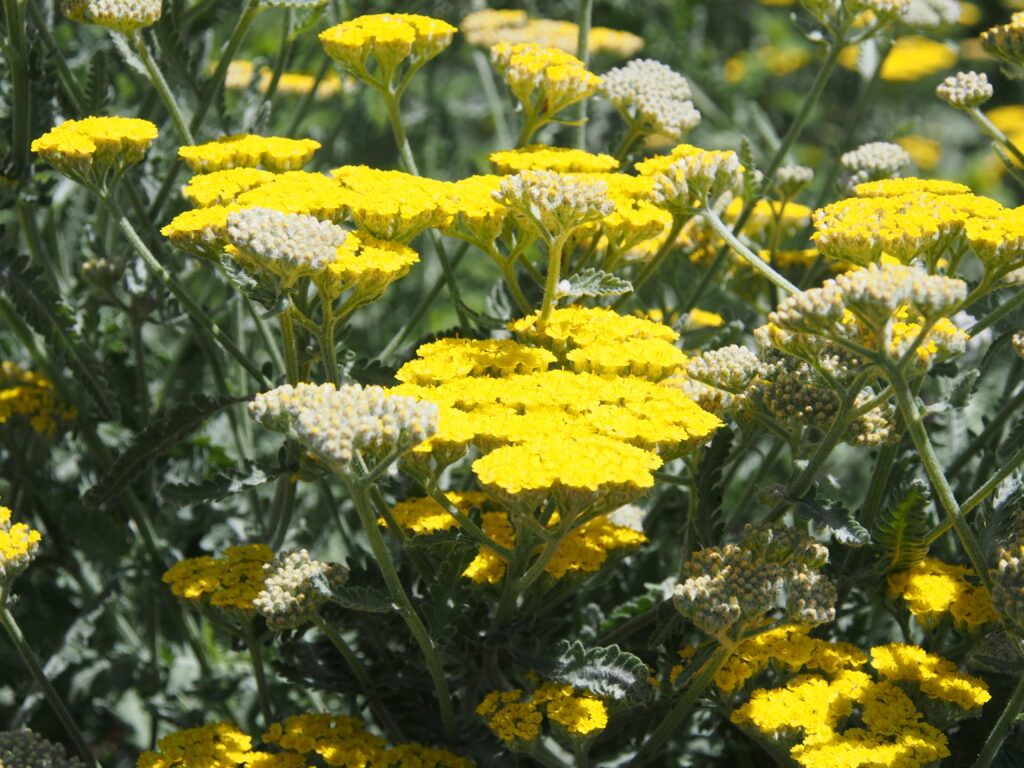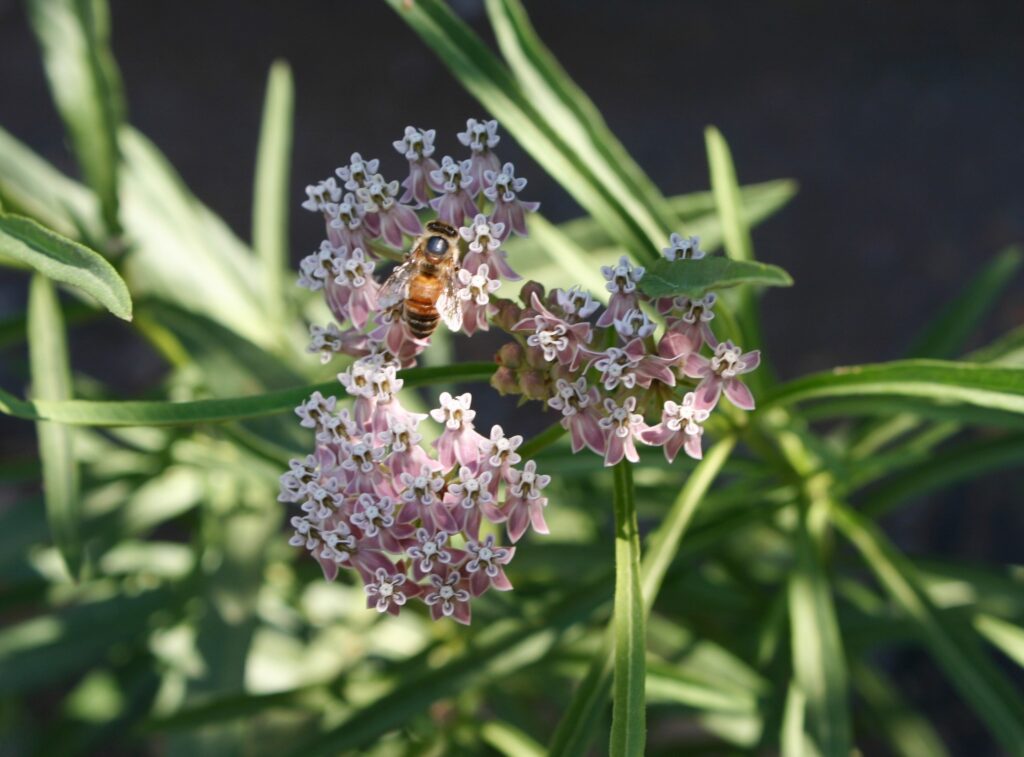Moving Mountain Rain Garden
BACK TO FULL TOUR
Garden Features
1
Drought Tolerant
2
California Natives
3
Deer Resistant
4
Rain Garden
5
Reclaimed/Recycled Materials
6
Smart Irrigation Controller
7
Lawn Conversion
8
Monarch Waystation
Partner: Santa Rosa Water
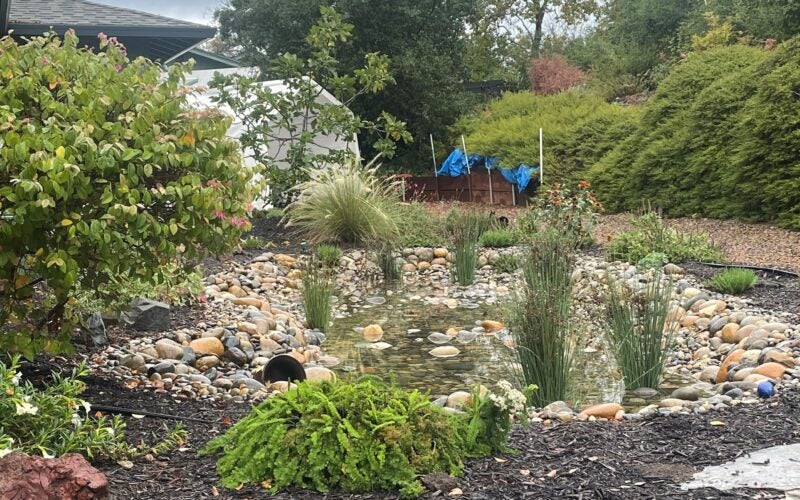
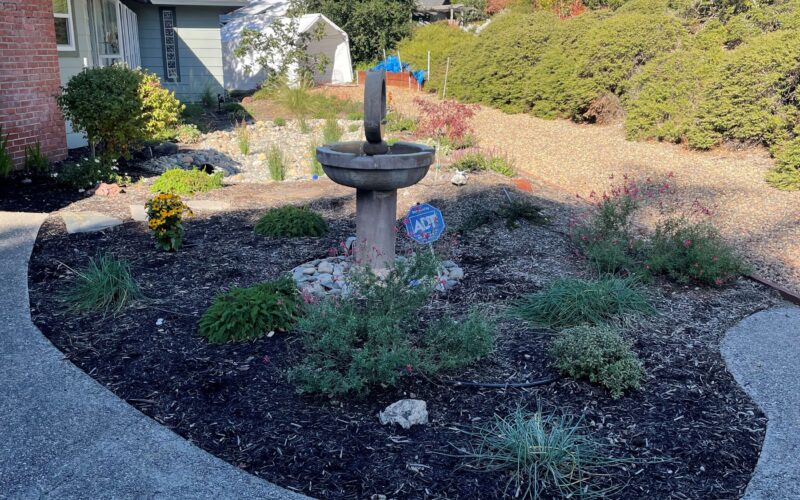
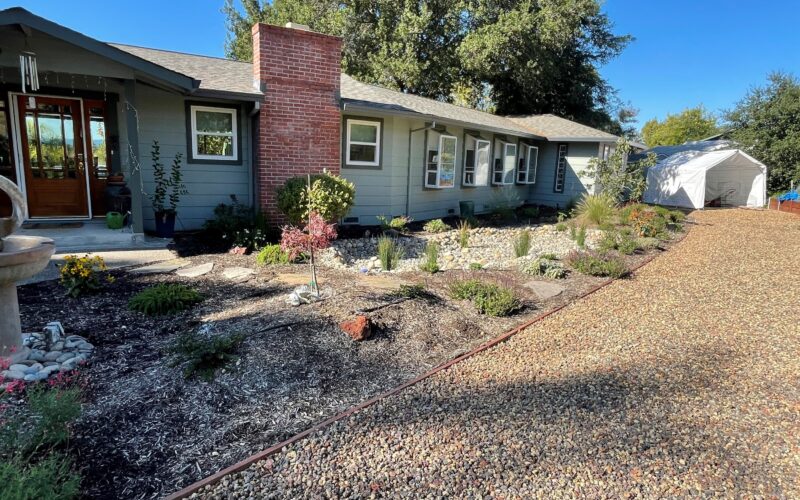
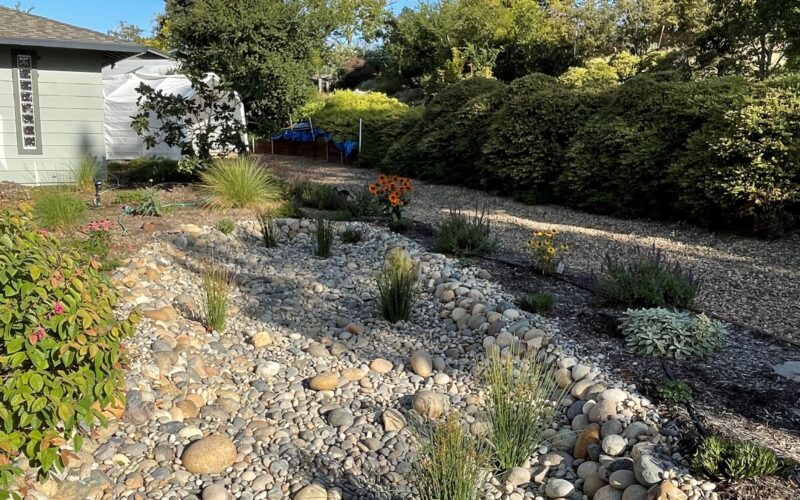
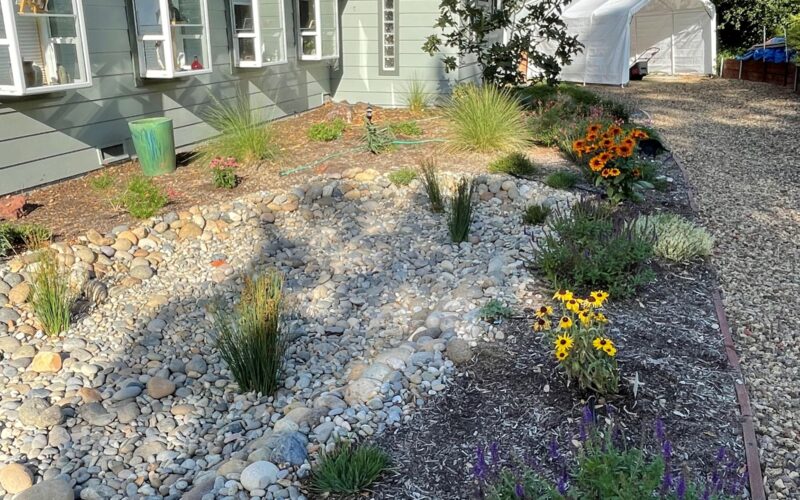
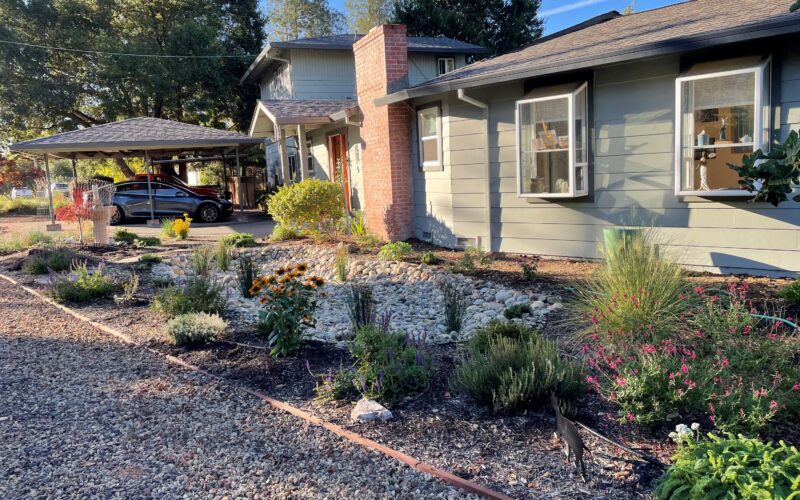
Plants in this Garden
Favorite Plants
1
Edible Fig
Ficus carica
2
Crimson Queen Japanese Maple
Acer palmatum ‘Crimson Queen’
3
White Cloud Awn Muhly
Muhlenbergia ‘White Cloud’
4
Tricolor Sage
Salvia officinalis ‘Tricolor’
5
Cedros Island Verbena
Verbena lilacina ‘De La Mina’
Favorite Garden Suppliers
King's Nursery
1212 13th Street Santa Rosa
Urban Tree Farm
3010 Fulton Road Fulton
Cal Flora Nursery
2990 Somers Street Fulton
Recommended Resources
Gardening Tips
1
Find a great landscape designer!! Rose Mohan gave us the idea for the rain garden. Our favorite thing.
